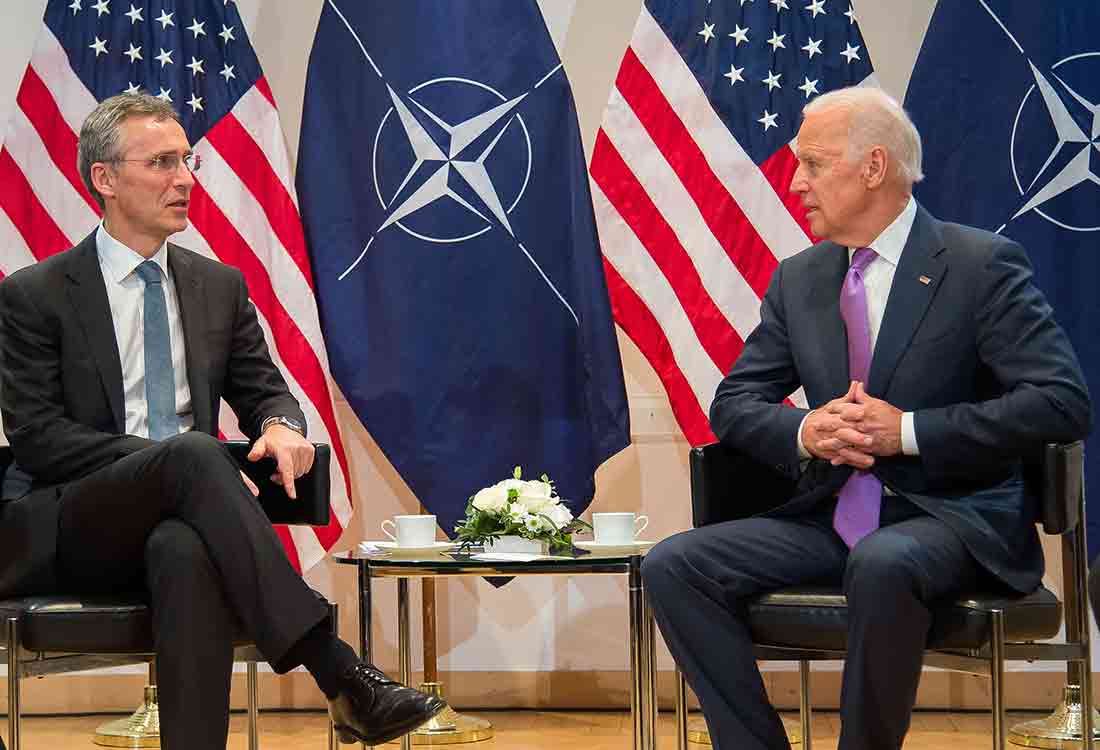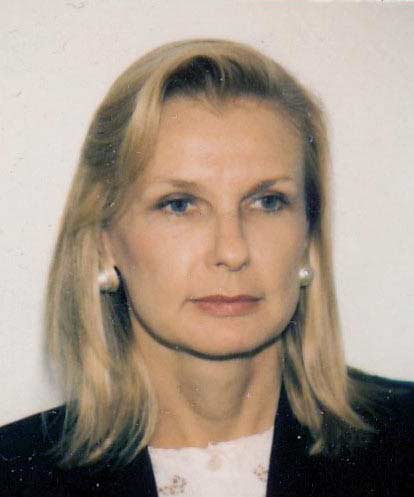The Biden campaign Central European Coalition attacked President Trump for supposedly damaging NATO by threatening withdrawal, alienation of NATO allies and emboldening Russia’s Vladimir Putin. Biden claims that this endangers freedom in Central Europe and is at stake in this election.
NATO Secretary General Jens Stoltenberg with US president-elect Joe Biden
(Source: NATO Photo Gallery)
Joe Biden presents himself as “a proven champion of NATO and its security role in central and eastern Europe.” As an example, he claims that in 1998 “he led the successful Senate fight to expand NATO to include Poland, Hungary and the Czech Republic,” and later others. However, according to The Hill, in 1998, the Democrats were in a minority, therefore, Biden was not a leader in this fight.
And what did he do for Central Europe in the last 22 years?
The record is non-existent but the Obama Administration where he was the vice-president instituted a Russia reset policy right after its inauguration. Considering that it was in the aftermath of the Russian invasion of Georgia, it amounted to an appeasement of Russian aggression. In 2009, Obama and Biden cancelled the missile defense agreement right on the 70th anniversary of the Soviet invasion of Poland, sparking outrage. In 2011, they shepherded Russia’s accession to the World Trade Organization.
When Russia invaded Ukraine in 2014, NATO was in its weakest state since the early 1990’s and there were no defense plans for Central Europe. Only three months before its end, the Obama Administration made a decision to build deterrence. To top it off, during the 2016 campaign, former President Bill Clinton denounced Poland as ‘preferring Putin.’ In short, the Obama-Biden Administration was a total disaster for Central Europe.
Significantly, this manifesto is signed by not that many Americans of Central European descent but by former US career ambassadors to Central European countries. Thus, it represents not a view from Central Europe but a view of the Washington foreign policy establishment. The same establishment that so deeply failed Central and Eastern Europe and Americans who care about this area. Central Europeans learned to treat the Washington establishment with skepticism. They overwhelmingly supported President Trump in the 2016 election and they were not disappointed.
In the 2016 presidential campaign, candidate Donald Trump criticized NATO alliance as weak and out of date. Not only its defense capabilities were allowed to seriously deteriorate but its financial burden was placed overwhelmingly on the United States. Its beneficiaries were wealthy West European countries, particularly Germany, who did not pay the agreed to 2 percent of GDP for their own defense. Another major issue was that even though Central European countries became members of NATO, in practice their military status did not change. They were not integrated into NATO military plans or deployments.
This criticism was interpreted by the Washington foreign policy elite to mean the intention to destroy NATO, but Donald Trump did not want a destruction but a modernization of NATO in military, technological and economic terms. He simply recognized the new geopolitical environment, which was ignored by the Washington elite for too long.
The last four years demonstrated that President Trump was instrumental in the reform and modernization of NATO in numerous dimensions.
The key achievement is that President Trump goaded other NATO allies to significantly increase their defense spending. In his GOP Convention speech, President Trump said that by the end of 2020, NATO defense spending increased by $130 billion a year and by the end of 2024, it will increase by $400 billion a year. This is very important because numerous US Presidents tried to do it previously with no results.
Second, these funds are being deployed for modernization of NATO in terms of updated technologies, increased mobility, and improved logistics, infrastructure, cybersecurity, space security and disinformation warfare.
Third, in view of Russian aggression in Georgia and Ukraine, Central European members of NATO felt very insecure and exposed. They demanded that NATO military infrastructure and troops be placed closer to new threats on the eastern flank of NATO, not in traditional countries in the West.
In response, the Trump Administration utilized all possibilities to beef up NATO defenses in Central Europe under current political framework, which only allowed temporary presence of US forces.
Significantly on 15th of August 2020, the Trump Administration signed the Enhanced Defense Cooperation Agreement with Poland, which defines the legal framework, infrastructure needs and financial arrangements for military collaboration. It is similar to the other defense cooperation agreements with NATO countries, thus placing Poland on an equal legal basis.
Most importantly, it establishes a command headquarters for defense of the whole eastern flank of NATO in western Poland.
It also provides a legal framework for stationing of US troops in Poland, which currently number 5500, and development of military infrastructure, which will allow further increases in the future. President Trump already announced that some US troops withdrawn from Germany will be moved to Central Europe, but it is unlikely under the Biden Administration. In his appeal to Central European voters, Joe Biden claims that “threatening NATO threatens American values and interests.” He is wrong. It is letting NATO deteriorate financially and militarily, being passive in face of Russian aggression, supporting weak status quo in face of changing geopolitical and economic conditions; this is what threatens American values and interests. And this old status quo is Joe Biden’s position.
Central Europeans place high value on transatlantic relations to provide real security for Europe in a volatile and uncertain world: that is why they want Donald Trump to win. They appreciate the long-overdue correction in the US geopolitical stance.
By modernizing NATO and strengthening its eastern flank, President Trump did more to protect freedom in Central and Eastern Europe and to deter Vladimir Putin than any other US president since Ronald Reagan.





